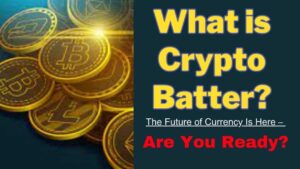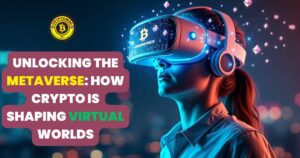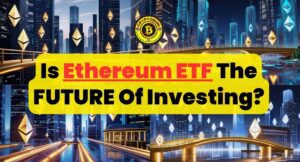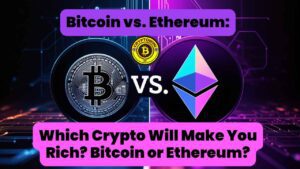
Key Points
- Research suggests the metaverse is a collective virtual shared space blending physical and digital realities, with cryptocurrencies and NFTs enabling secure transactions and ownership.
- It seems likely that platforms like Decentraland and The Sandbox, using tokens like MANA and SAND, are leading the way in 2025, with play-to-earn games and DAOs shaping virtual economies and governance.
- The evidence leans toward the metaverse impacting industries like gaming, education, and real estate, but challenges like privacy, security, and accessibility remain significant.
- There is ongoing debate about the environmental impact of blockchain and regulatory uncertainty, balanced by opportunities for innovation and economic growth.
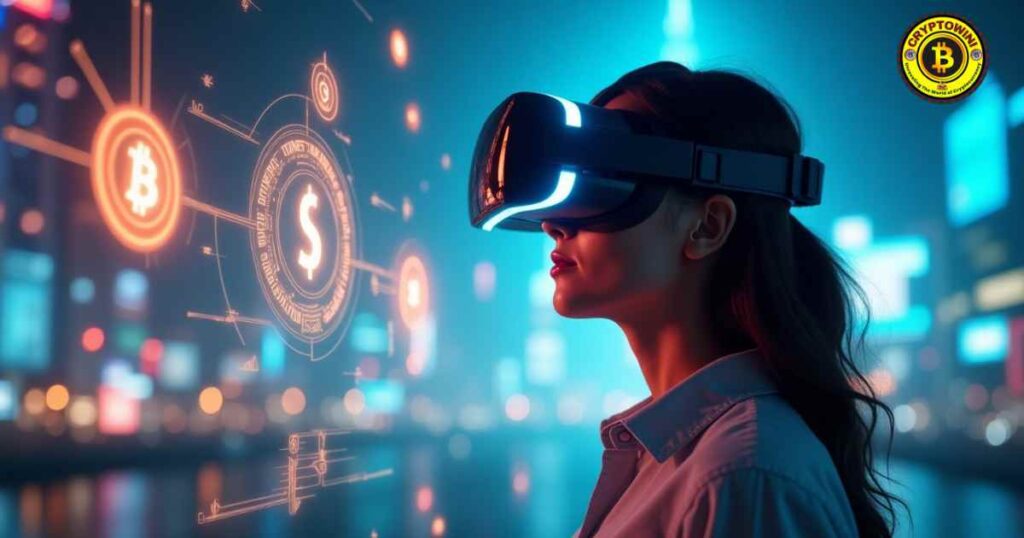
Understanding the Metaverse and Crypto’s Role
What is the Metaverse?
The metaverse is a fascinating concept, often described as a collective virtual shared space where physical and digital realities blend. Imagine stepping into a 3D internet where you can own land, attend concerts, or work—all from home. It’s built on technologies like virtual reality (VR), augmented reality (AR), and blockchain, creating persistent digital worlds where users interact in real-time.
Core components include:
- VR and AR: These provide immersive experiences, with 2025 seeing more affordable headsets like Apple’s Vision Pro making it accessible.
- Blockchain Technology: Ensures security and decentralization, crucial for transactions and ownership.
- Cryptocurrencies: Native tokens like MANA (Decentraland) and SAND (The Sandbox) power virtual economies.
- NFTs: Non-fungible tokens represent unique digital assets, like virtual land or avatars.
- DAOs: Decentralized Autonomous Organizations allow community governance, letting token holders vote on platform changes.
Examples include Decentraland, where you can buy LAND using MANA, and The Sandbox, focusing on user-generated content with SAND. These platforms, as of April 2025, have seen developments like Decentraland’s desktop app launch in October 2024 (CoinBureau: Top Metaverse Projects) and The Sandbox’s biggest reward season, showing increased adoption.
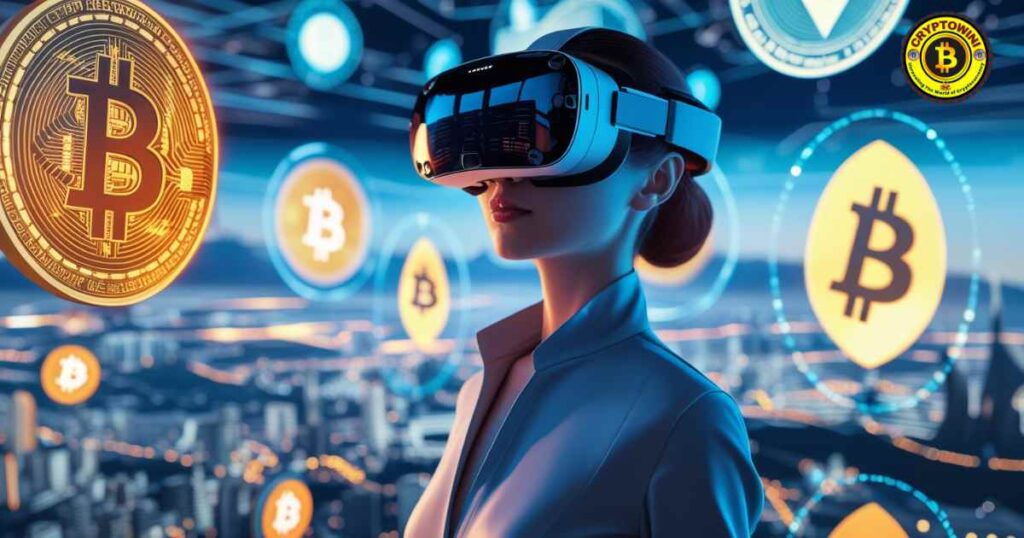
The metaverse’s potential spans industries:
- Gaming: Enhanced multiplayer experiences and play-to-earn models, like Axie Infinity.
- Education: Virtual classrooms for immersive learning.
- Real Estate: Buying and selling virtual property, with prime parcels commanding high prices.
- Fashion: Digital fashion shows and NFT wearables.
- Healthcare: Telemedicine and virtual therapy sessions.
- Entertainment: Virtual concerts, with artists hosting events in spaces like The Sandbox.

Metaverse Mania: Why Crypto is the Key to Virtual Reality, Crypto’s Integral Role
Cryptocurrency is the backbone of the metaverse, enabling secure, decentralized interactions. Here’s how:
- Transactions: Cryptos like Bitcoin and Ethereum allow peer-to-peer buying of virtual goods without intermediaries, ensuring fast, secure exchanges. For instance, MANA in Decentraland is used for LAND purchases, with blockchain ensuring unhackability (KuCoin Learn: Top Metaverse Crypto Projects).
- NFTs for Ownership: NFTs provide verifiable ownership of digital assets, like virtual land or avatars, tradable across platforms. Axie Infinity lets players own and breed Axies as NFTs, creating economic opportunities.
- DAOs for Governance: DAOs, like in Decentraland, let MANA holders vote on policies, fostering community-driven decisions and aligning with web3 principles.
- Play-to-Earn Economies: Games like Axie Infinity allow earning crypto by playing, with models expanding across metaverse platforms by 2025, enhancing virtual economies.
- Interoperability: Blockchain standards like ERC-721 enable assets to move between platforms, with efforts like OpenXR in 2025 aiming for seamless user experiences (BitDegree: Best Metaverse Crypto).
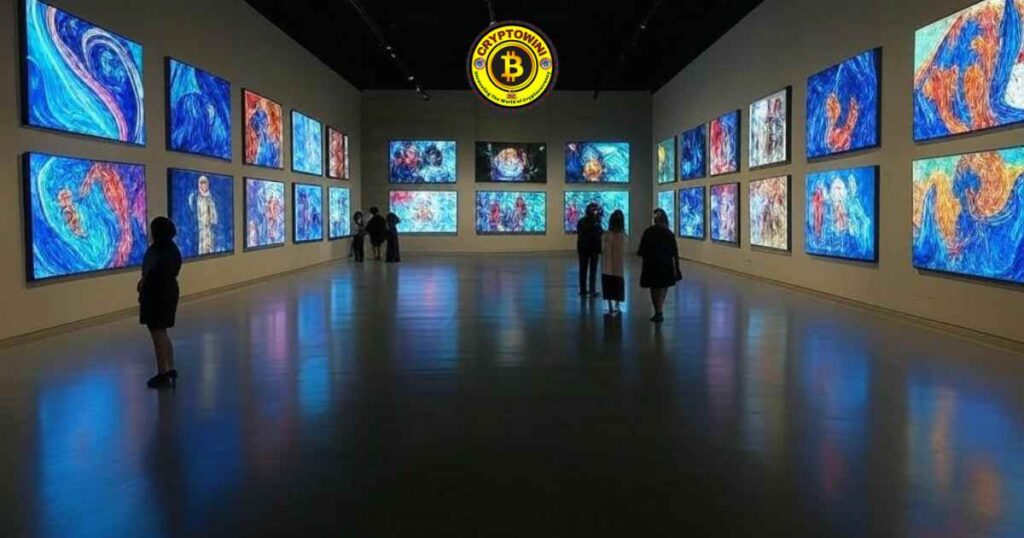
A table summarizing crypto’s role:
| Aspect | Details |
|---|---|
| Blockchain-Based Platforms | Leverage NFTs and cryptocurrencies for metaverse startups like Decentraland and The Sandbox. |
| Cryptocurrency Usage | Required for buying/trading virtual assets; e.g., Decentraland’s MANA and The Sandbox’s SAND use Ethereum-based tokens. |
| NFT Applications | Users can trade NFT artworks, charge for virtual events, and earn from land value increases. |
| Security and Transactions | Blockchain ensures unhackability, immutability, and fast, secure transactions, crucial for a functional metaverse economy. |
| Economic Impact Estimate | PwC estimates VR/AR will add $1.5 trillion to the global economy by 2030, up from $46.5 billion in 2019. |
| Additional Context | Crypto payments by Visa, Mastercard, and PayPal enhance virtual commerce, expected to grow in the metaverse. |

Future Trends and Societal Impact of metaverse
By 2025, the metaverse’s future is shaped by emerging trends:
- VR/AR Advancements: Lightweight headsets and Apple’s Vision Pro for enterprise use cases are driving adoption (TechTarget: Top Metaverse Platforms).
- AI Integration: AI tools create virtual worlds via prompts, enhancing user engagement and personalization, with forecasts envisioning enriched experiences (DW Observatory: Metaverse in 2024).
- Interoperability and Scalability: Standards like OpenXR and layer-2 solutions like Polygon improve platform connectivity and transaction speeds, crucial for mass adoption.
Societally, the metaverse offers new social interactions (virtual gatherings) and work models (remote offices), but risks include addiction and mental health challenges. Ethical considerations include:
- Privacy: Data breaches in virtual spaces, with blockchain helping but not eliminating risks.
- Security: Protecting digital assets from theft, with ongoing efforts like Floki delaying Valhalla’s launch for security in early 2025 (BeInCrypto: Metaverse Developments).
- Accessibility: Addressing the digital divide, ensuring inclusivity for users with limited resources.

Challenges and Opportunities
Challenges include:
- Privacy and Security: Data protection is critical, with blockchain aiding but not solving all issues.
- Regulatory Landscape: Varying global regulations create uncertainty, with 2025 seeing potential clarity but also complexity (Outlook India: Metaverse Coins Investment).
- Environmental Impact: Blockchain energy use, especially proof-of-work, is debated, with many platforms adopting eco-friendly options like Ethereum 2.0.
Opportunities include:
- Economic Growth: New industries like virtual real estate and digital fashion, with PwC’s $1.5 trillion projection by 2030.
- Innovation: Testing new tech like AI-driven economies, potentially spilling into real-world applications.
- Global Connectivity: Breaking geographical barriers, connecting users worldwide for collaboration and commerce.
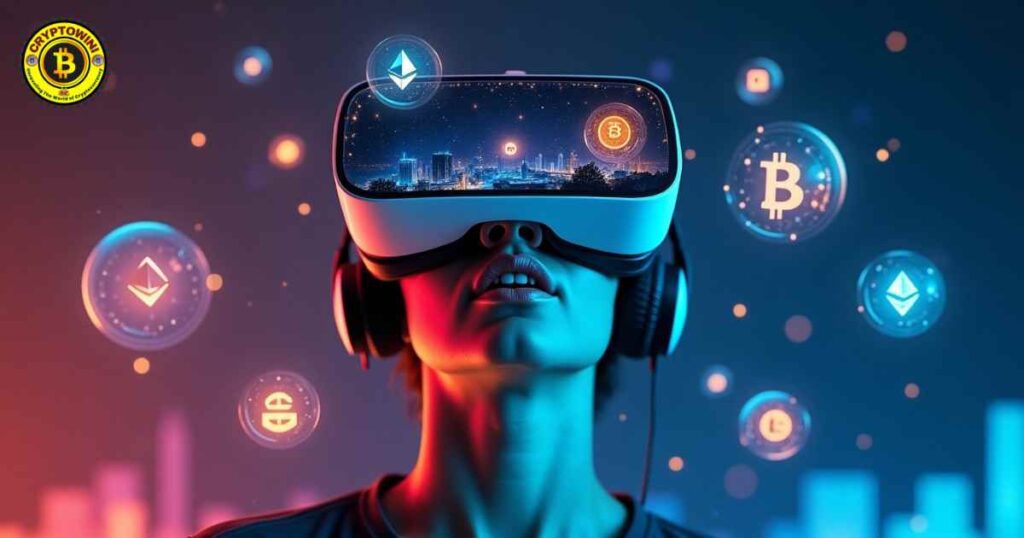
Frequently Asked Questions ( FAQs)
1. What is the role of cryptocurrency in the metaverse?
Answer: Cryptocurrency is a cornerstone of the metaverse, enabling secure and decentralized transactions for virtual goods, services, and experiences. Platforms like Decentraland and The Sandbox use tokens such as MANA and SAND to allow users to purchase virtual land, trade NFTs (non-fungible tokens), and participate in governance via Decentralized Autonomous Organizations (DAOs). By leveraging blockchain technology, these transactions are transparent and tamper-proof, ensuring true ownership of digital assets. Additionally, virtual reality cryptocurrency powers innovative models like play-to-earn gaming, where players can earn income through in-game activities.
2. How secure are digital assets in the metaverse?
Answer: Digital assets in the metaverse, such as virtual real estate and NFTs, are highly secure thanks to blockchain technology. Blockchain creates an immutable record of ownership and transactions, verified across a decentralized network, making it nearly impossible to hack or counterfeit. For example, platforms like Ethereum, which underpins many metaverse projects, ensure robust security. However, users must take precautions, such as using trusted wallets (e.g., hardware wallets) and avoiding phishing scams, to fully protect their digital asset ownership in the metaverse.
3. Can you really make money in the metaverse?
Answer: Yes, the metaverse offers numerous ways to earn money, including play-to-earn gaming, virtual real estate investments, and trading NFTs. In games like Axie Infinity, players earn cryptocurrency by completing tasks or battling opponents, while virtual land in Decentraland has sold for millions, showcasing lucrative metaverse investment opportunities. Creators can also profit by designing and selling digital assets like virtual fashion or art as NFTs. Success in these ventures requires understanding market trends, strategic planning, and a willingness to navigate the risks of this emerging economy.
4. What is the environmental impact of the metaverse and cryptocurrency?
Answer: The environmental impact of cryptocurrency has been debated due to the energy-intensive nature of proof-of-work (PoW) blockchains like Bitcoin. However, many metaverse ecosystems, such as those built on Ethereum, have shifted to proof-of-stake (PoS), reducing energy consumption by over 99% since Ethereum’s 2022 upgrade. Sustainable blockchain solutions, like Polygon, are also widely adopted in virtual worlds to minimize ecological footprints. Ongoing efforts, such as carbon offsetting and renewable energy use, further aim to balance the growth of the metaverse with environmental responsibility.
5. What does the future hold for the metaverse and cryptocurrency?
Answer: The future of the metaverse and cryptocurrency looks promising, with advancements like AI-driven content creation, enhanced VR/AR hardware, and decentralized finance (DeFi) driving innovation. By 2025, we may see virtual reality cryptocurrency enabling seamless transactions across interconnected digital worlds, while immersive technologies like Apple’s Vision Pro could make the metaverse mainstream. Experts predict it will evolve into a hub for social interaction, remote work, and global commerce, with blockchain ensuring secure, user-controlled experiences and assets.
6. Is the metaverse accessible to everyone?
Answer: The metaverse is not yet fully accessible due to barriers like the high cost of VR hardware and the need for fast internet, which excludes some users, particularly in underserved regions. However, progress is being made—platforms like Decentraland offer desktop access to reduce hardware demands, and affordable VR options are emerging. Virtual reality for beginners is becoming easier with user-friendly interfaces and tutorials. As technology advances and prices drop, the metaverse is expected to become more inclusive, bridging the digital divide over time.
7. How is the metaverse and cryptocurrency regulated?
Answer: Regulation of the metaverse and cryptocurrency is still developing, with significant variation globally. Some countries embrace crypto innovation, while others impose strict controls. In virtual worlds, applying traditional laws to digital assets—like taxation or property rights—remains challenging due to their borderless nature. Governments are exploring cryptocurrency regulations in virtual worlds, focusing on anti-money laundering (AML), consumer protection, and fraud prevention. A cohesive metaverse legal framework will likely require international collaboration to balance innovation with user safety in this dynamic digital space.

Conclusion and Engagement
In conclusion, the metaverse, powered by crypto, is transforming digital interactions, with platforms like Decentraland The Sandbox leading in 2025. Cryptocurrencies enable transactions, NFTs ensure ownership, and DAOs foster governance, while challenges like privacy and regulation are balanced by innovation opportunities. Readers are encouraged to explore platforms, invest wisely, and stay informed via CryptoWini.com, a trusted resource since 2021.
Disclaimer: The information on CryptoWini.com is for educational purposes only and not financial advice. Cryptocurrency and metaverse investments carry risks, including volatility and loss of funds. Always conduct your own research and consult a professional before investing. CryptoWini is not liable for any financial decisions you make.
Also Read :
Crypto News 2025: You Must Know What’s Hot And What’s Not
Crypto Price Tracker: Best Tools and Tips for 2025
Crypto Exchange OKX Secures Regulatory Approval In Dubai To Offer Crypto Services
Crypto Investors In India: Young Indians Ditch Real Estate for Crypto Futures
Is Riot Blockchain The Next $500K Stock? RIOT Stock Forecast For 2024 And Beyond




